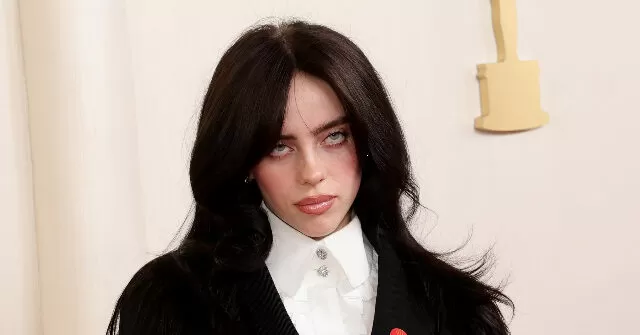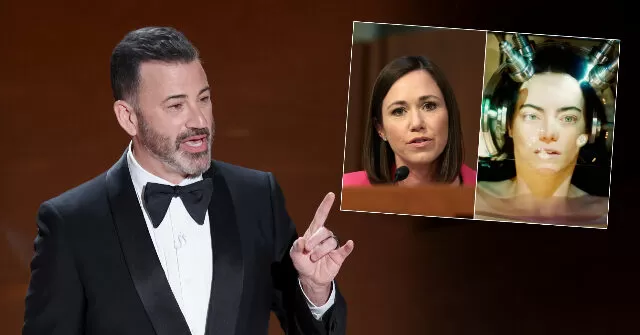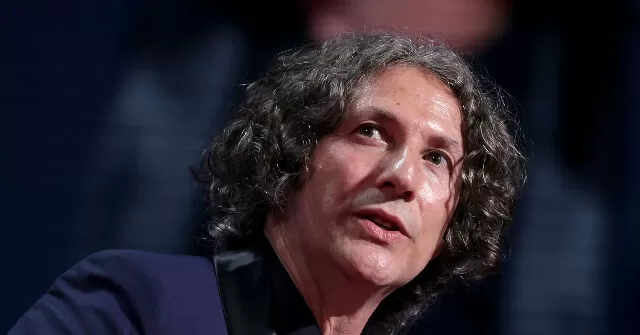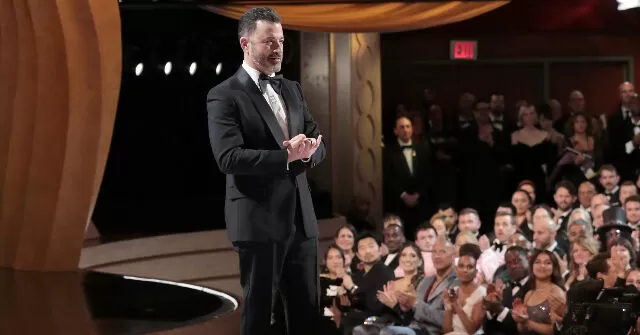Entering La Roca always proves to be an enthralling experience. The operational hub of Jorge “Corcho” Rodríguez is a renovated old Munro factory, transformed to emulate a New York loft ambiance. Amidst offices, vintage motorcycles, photographs, and paintings, recording studios and editing suites are seamlessly integrated. Below lies a renowned rock club, rivaling global Hard Rock Café establishments, hosting memorable jam sessions devoid of a live audience.
In his role as an artistic producer, Jorge Rodríguez masterminded Pappo’s final studio album, “Buscando un amor,” released in 2003, just under two years prior to his tragic accident. Recently, a collection of tapes from those sessions was salvaged, prompting the decision to reissue the remastered album, now accompanied by three bonus tracks and an extra CD featuring an extensive interview conducted by Norberto Napolitano, a testament to a project that filled him with pride.
How did the concept for this reissue originate? The impulse to relaunch stemmed from its enduring relevance, with continual expressions of admiration and gratitude from audiences. Additionally, there was an aspiration to reintroduce overlooked treasures omitted from the initial release due to time constraints. Moreover, an intriguing collaboration with Javier Malosetti emerged, whom we tactfully enlisted to compose wind arrangements, his humility refraining from any insistence on performance.
When did Malosetti become involved in the project? During the initial recording sessions for the album, wind arrangements, crafted with Juan Cruz de Urquiza, proved exceptional but leaned towards a modern style akin to Tower of Power. Consequently, a decision was made to re-record them with alternative musicians and another arranger. I proposed Malosetti to evoke a sound reminiscent of the Memphis Horns or Albert King’s winds. Initially met with hesitation from Norberto due to perceived stylistic disparities, his involvement was solidified upon discovery of Malosetti’s exceptional rendition of the Negro spiritual “Somebody’s Callin’ My Name.” Subsequently, when Álvaro Villagra and I embarked on the revival of remaining tracks, “Blues en el Delta,” a rendition of “Buscando un amor,” and Javier’s piece recorded with guitar were selected.
What sets these two Pappo tracks apart? “Blues en el Delta” was initially recorded with the full band but lacked wind and choir arrangements. Malosetti contributed the wind arrangements, with Blacanblus, who had previously provided backing vocals on other tracks, contributing the choir. Additionally, Luis Robinson’s harmonica was incorporated into the acoustic version of “Buscando un amor.”
What other distinctions exist compared to the original? Accompanying the reissue is an additional CD featuring Pappo’s promotional interview, providing insights into each track. This was deemed invaluable. Furthermore, the album cover was revamped to distinguish it from its predecessor, featuring a photo of Pappo. The original cover is included in the booklet, alongside added photos of the musicians and Álvaro Villagra.
Is there further material in the archives? Demos and sketches recorded by Norberto hint at potential future endeavors. Once, base tracks were recorded in Gustavo Cerati’s studio with Adrián Taverna, alongside Javier, Luciano, and Patito Raffo. Pappo’s lyrics were extracted, and bases and riffs reconstructed. The concept of a “new” Pappo album, featuring guest singers and guitarists, has been on hold for years.
Is a vinyl release also planned? Indeed, it is. In fact, it spans two vinyl records due to the abundance of tracks. It promises excellence, as Álvaro Villagra requested remastering to enhance sound quality beyond the original. The release is imminent.
How do you market an album without the artist? A press launch at Red House is one approach. Additionally, we’re contemplating a guerrilla marketing tactic involving motorcycle riders traversing different city locales, donning Pappo’s Viking helmet and jackets emblazoned with the album title. They’ll visit iconic spots like the Obelisco and the Roxy over several days. It’s a somewhat underground tribute to Norberto’s motorcycle culture persona.
Share the backstory of your relationship with Pappo. How did your initial encounter unfold? Attending concerts from a young age, I first witnessed Pappo onstage, potentially at a festival at All Boys during Perón’s return, and subsequently at numerous concerts. However, our initial personal interaction occurred at a motorcycle parts store, not a musical setting. Around 17 years old, with a broken clutch from my Royal Enfield 1948 in hand, I visited a store in Warnes. A guy in a red jumpsuit, possessing a carburetor from a JS 500 British motorcycle akin to mine, emerged – it was Norberto. The seller directed us to another store as he lacked the items we sought, and we ventured there together. Asked if I had a motorcycle, I responded negatively due to mine being stationary, prompting Norberto to offer a ride in his truck. This marked the inception of our motorcycle-centric relationship. Despite a period of disconnection, we reunited in 2000 on Susana’s show. Coincidentally present at the studio, I engaged in conversation with him, even soliciting instruction on playing “Trabajando en el ferrocarril.” Subsequently, we commenced jamming sessions, sometimes in my company’s garage and others in his workshop in La Paternal, alongside Gustavo Rubinstein, Machi Romanelli, and El Monito. Thus, The Thomas Brothers were born, and plans for the album swiftly followed.
Grupo La Roca Jorge Corcho Rodriguez Veronica Lozano Grupo La Roca Jorge Corcho Rodriguez Veronica Lozano Grupo La Roca Jorge Corcho Rodriguez Veronica Lozano


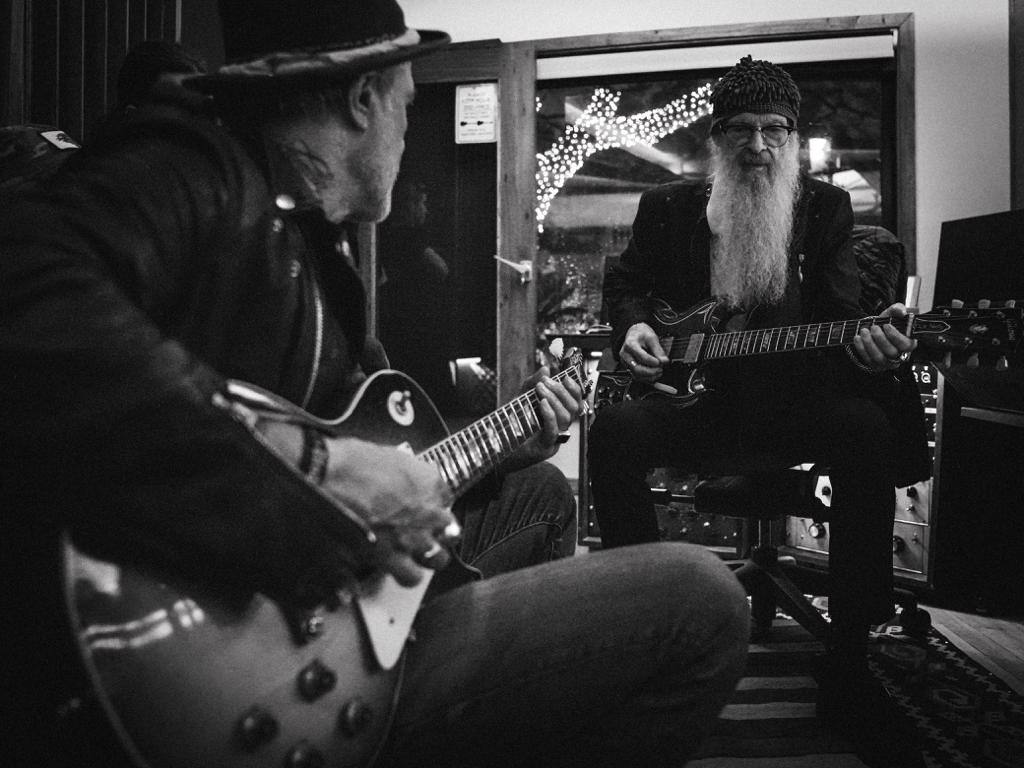


![Complete BritRail Pass Guide [Types, How to Use It, Pros + Cons]](https://inside-news.uk/wp-content/uploads/2025/06/00221EB4-BCA2-4DBB-6CD4-83DBC37D71FA-120x86.webp)


